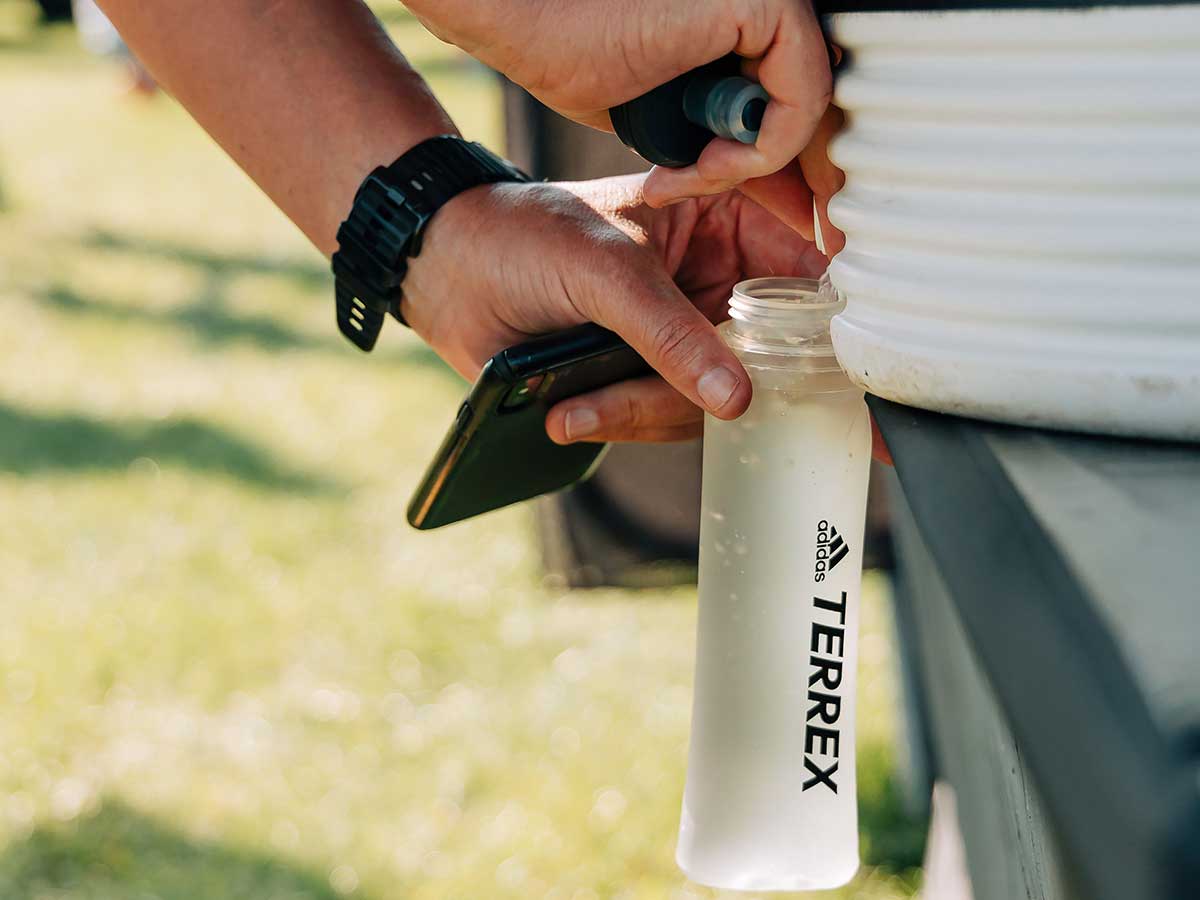Hydration - what to keep in mind on a hot day
We all know that getting our hydration right can make or break our runs. Even on a day to day level, it is obvious when we have neglected our fluid intake. We feel tired, lethargic and find it hard to concentrate. So how do we get it right and why is it so important?
Hydration in sports science has gone around in circles over the years trying to get it right. Everything from Tour de France riders being told not to drink anything during a race, to ultra runners getting ill from being told to force down preset amounts of water every hour. Hydration is still not an exact science and is completely individual but hopefully, these tips and guidelines will help you out this summer as things heat up.
How much should I drink?
This depends on who we are, the conditions we are running in and how long we are running for.
For most of us, drinking to thirst is the best strategy to avoid dehydration. In Dr Tim Noakes' book Waterlogged: The Serious Problem of Overhydration in Endurance Sports, he states that thirst is the body's self-regulation system to tell it when it needs fluids. For most of us, on a day to day level, whether in the office or out on the trail, this holds true and we just need to make sure that we are organised enough to be able to take on fluids when our bodies tell us to. It is easy to ignore the signs of thirst but having a water bottle on hand is the best way to ensure that you stay hydrated.
The issue comes when we are running for long distances and especially in the heat. In reality, getting your hydration wrong in a half marathon won't have much of a detrimental effect but if you are out for more than a couple of hours it is a lot easier to run into problems.
Simply using the "drink to thirst" mantra on longer events becomes difficult. It's easy to lose track of how much you have taken on and would easily veer into the realms of over or under hydrating. The current research seems to suggest that using a combination of a drink to thirst and a targeted hydration strategy seems to be the safest way of hydrating.
Current guidelines for hydration for endurance athletes are in the range of 400-800ml per hour, with emphasis on individuality. How do we get that individuality? Measure your sweat rate! Precision Fuel & Hydration have a great article where they explain just how you do this: https://www.precisionhydration.com/performance-advice/hydration/how-to-measure-your-sweat-rate/
Once you have measured your sweat rate at different temperatures you will start to build up a picture of how much you roughly need to be drinking per hour when you are out on your long runs. You will need to take into account how well you have hydrated pre-run too. This is where drinking to thirst and not forcing down water is important. Use your sweat rate as a guide to determine how much water to take with you on a run and use it as a ball-park figure rather than a goal. Also, remember that you are not trying to replace 100% of fluid lost through sweat. Somewhere between 80%-90% is a safe amount.
A word on Hyponatremia and electrolyte intake
Our bodies can handle dehydration a lot better than overhydration. Taking on too much plain water is one of the endurance athletes worst enemies.
Hyponatremia is a metabolic condition that occurs when there is not enough sodium in the body fluids outside the cells. Low levels of sodium in the blood can be life-threatening. You are at higher risk of Hyponatremia if: you drink excessively, exercise consistently for 4 or more hours, have low body weight, are of the female sex, are inexperienced, there is high availability of drinking fluids, and you are exercising in extremely hot environmental conditions.
This is why knowing your sweat rate is important as drinking over 100% of your hourly sweat rate you will likely be at risk of developing hyponatremia.
Adding extra sodium to food and water can help prevent the onset of Hyponatremia. I have found Precision Fuel & Hydration to be the best product out there to help keep you "well salted". Most people need between 300-800mg of sodium per litre of sweat loss. But the bottom line is that the main cause of hyponatremia is over hydration!
Could carb drinks be making things worse?
A lot of sports drinks these days have some form of carbohydrate in them to help with calorie intake and energy levels. We obviously need carbs to slow glycogen depletion but is "drinking them" the best option?
According to Dr Stacey Sims, if we take on too many carbs in sports drinks, our intestines are forced to take water from elsewhere for the purpose of diluting said carbs so they can be absorbed. Drawing away water from other parts of the body can cause dehydration. Dr Sims recommends using lower concentrations when using carb-heavy sports drinks or ultimately "keeping your food in your pockets and water in your bottles".
To Conclude
As I said at the top of the page, hydration is individual so get experimenting. Do a sweat rate test, do a sweat sodium test with Precision Fuel & Hydration, get in tune with your thirst senses and more important of all...don't over drink!
Sources:
Noakes, Tim. “Waterlogged: The Serious Problem of Overhydration in Endurance Sports”. Human Kinetics; 1 edition (May 1, 2012) ISBN-10: 145042497X
American College of Sports Medicine., Sawka, M.N., Burke, L.M., Eichner, E.R., Maughan, R.J., Montain, S.J., Stachenfeld, N.S. (2007). American college sports medicine position stand. Exercise and fluid replacement. Med Sci Sports Exerc. 39(2):377-90.

















